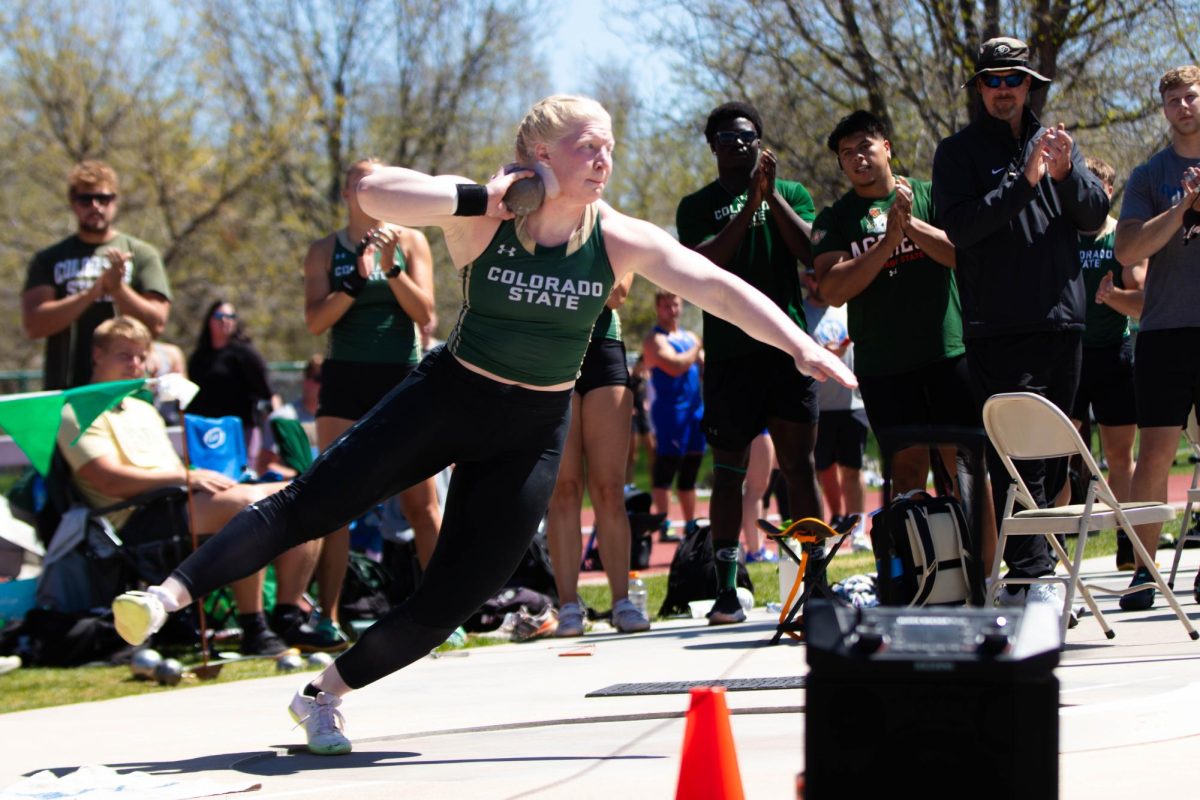Often times when we talk about sports, we get stuck talking about the popular sports. We talk about the NFL, NHL, NBA, MLB and MLS. I get it, and I’m not blaming anyone for paying attention to things that are highly publicized and on TV nearly 24/7. But this habit of ease leaves a lot of things out. A lot of smaller sports don’t receive as much attention, and women’s sports get left out almost entirely.
According to a documentary produced by the University of Minnesota’s Tucker Center for Research on Girls and Women in Sport, 40 percent of athletes are females, but women’s sports only accounts for around 4 percent of sports media coverage. They also say that when female athletes do get media attention, it’s in the form of hypersexualized images ala Sports Illustrated swimsuit editions, rarely portraying them as the serious athletes they are.
This is the one thing about sports culture that’s never made any sense to me. If you like to watch talented people make impressive plays it shouldn’t matter if that person is a man or a woman. And while I think society has made some pretty important strides forward in gender equality, sports seem to be a place where separation is still staring us in the face.
Some argue that there is little interest in women’s sports. Media outlets don’t want to cover them as much because they don’t have the resources to spend time on something there isn’t an audience for. And that is valid … to a point. I say that because there is interest in women’s sports.
Major women’s sporting events have broken audience records multiple times. The 2018 USA-Canada gold medal hockey game drew an audience of 3.7 million, the highest late night rating for NBCSN ever. The United States Women’s National Soccer Team continuously out rated men’s soccer on TV, and in 2015, their World Cup final match set the record for the most watched soccer match ever in the United States with an audience of 26.7 million. So much for the lack of interest in women’s sports.
Regular season women’s sports are a different story. Professional leagues such as the WNBA, NWSL and WNHL are rarely talked about and aren’t well known. They are rarely written about or broadcasted on TV, not even allowing them the opportunity to draw large numbers of fans or viewers. To watch any of these games regularly you usually have to sign up for a paid streaming service, which isn’t usually well known by the public. This means you already have to be a committed fan to know how or where to begin watching. Meanwhile, on any given night there’s an NFL, NHL, NBA etc. game on multiple channels with minimal search efforts.
All of this to say, it’s very easy to be a fan of men’s sports. If you want to be a fan of women’s sports, you really have to want it. You have to search through news content to find scores or recaps. Most coverage women’s sports receives is focused on the novelty of it. SB Nation writer and former Bleacher Report reporter Natalie Weiner said it best in a tweet from February 2018. “The mainstream coverage of women’s sports is almost exclusively centered on firsts and boundary breaking,” she said. “Which reinforces the idea that women’s success in sports is the exception, not the rule.”
While coverage is not the main problem facing women’s sports—what with pay inequality, hyper sexualization and general lack of inclusivity—it is a contributing factor and part of a seemingly vicious cycle. Why cover women’s sports if there isn’t as much interest, but how can you grow interest in women’s sports if you aren’t covering it?
CSU has plenty of successful women’s programs and successful alumnae in sports to provide inspiration, and women’s sports in the United States are consistently successful. So if you’re a sports dummy looking for a place to start, give the ladies a little love.
Ashley Potts can be reached at sports@collegian.com or on Twitter @ashleypotts09




